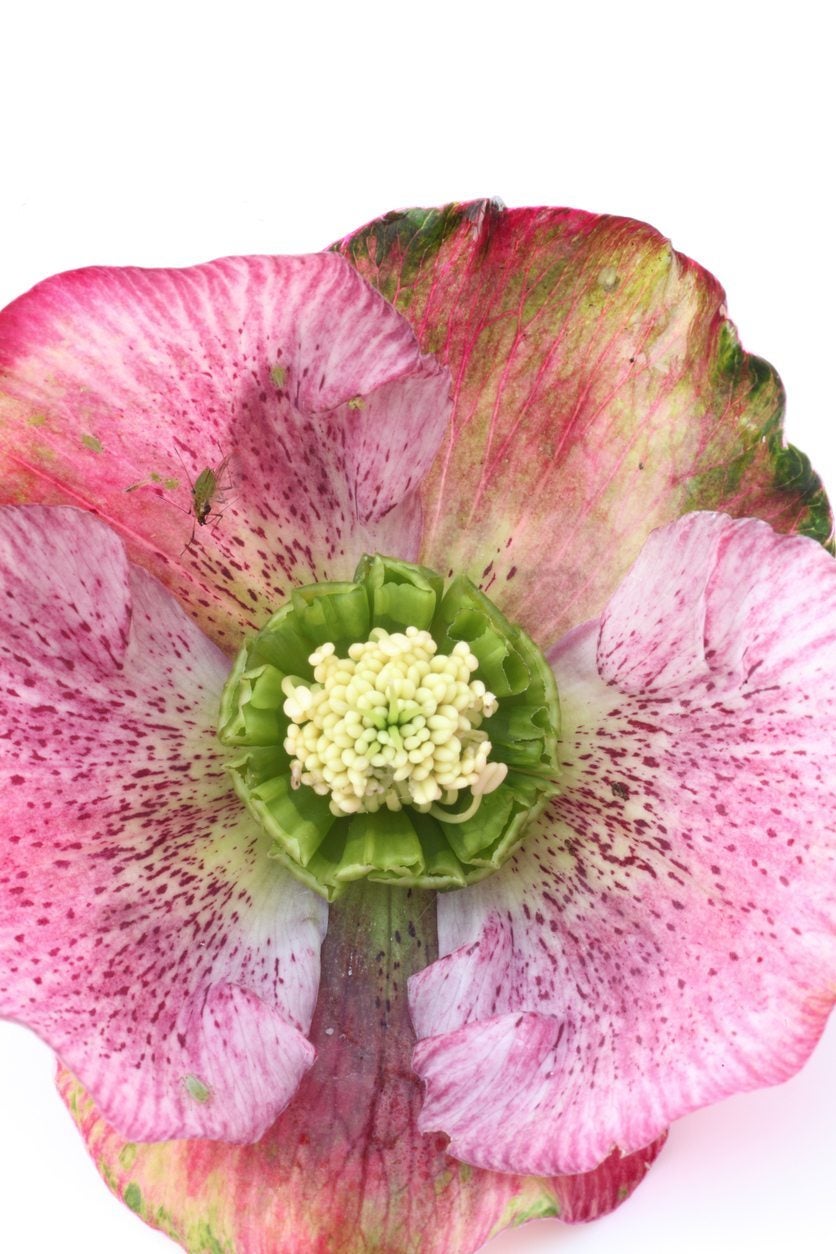Hellebore Pest Problems: Recognizing Symptoms Of Hellebore Plant Pests


Gardeners love hellebore, among the first plants to flower in spring and the last to die in winter. Even when the blooms fade, these evergreen perennials have shiny leaves that ornament the garden all year long. So, when pests of hellebore attack your plants, you’ll want to jump in to save them from harm. Read on for information on different hellebore pest problems and how to recognize them.
Hellebore Pest Problems
Hellebore plants are generally vigorous and healthy, and they are not particularly susceptible to bug damage. However, there are a few bugs that eat hellebores. One to watch for is aphids. They can munch the hellebore foliage. They are not very serious as pests of hellebore, however. Just wash them off with hose water. Other bugs that eat hellebores are called leaf miners. These bugs dig into the leaf surface and cause “mined out” serpentine areas. That doesn’t add to the attraction of the plants but doesn’t kill them either. Cut off and burn affected foliage. Slugs can eat holes in hellebore leaves. Pick these hellebore plant pests off at night. Alternatively, attract them with bait traps using beer or cornmeal. Vine weevils are also bugs that eat hellebores. They are black with yellow markings. You should pick them off the plant by hand. Don’t worry about rodents, deer, or rabbits as potential pests of hellebores. All parts of the plant are toxic, and the animals won’t touch it.
Fungal Hellebore Plant Pests
In addition to the bugs that eat hellebores, you also have to watch for fungal hellebore pest problems. These include downy mildew and hellebore leaf spot. You can recognize downy mildew by a gray or white powder that forms on the leaves, stems, or even flowers. Apply sulfur or a general systematic insecticide every two weeks. Hellebore leaf spot is caused by the fungus Coniothyrium hellebori. It proliferates in damp conditions. If you see your plant foliage damaged by dark, circular blotches, your plant may have been infected. You’ll want to act quickly to remove and destroy all infected leaves. Then spray with a Bordeaux mixture every month to prevent the fungus from doing more damage. Fungal hellebore problems also include botrytis, a virus that thrives in cool, damp conditions. Recognize it by a gray mold covering the plant. Take out all diseased foliage. Then avoid further infection by watering in the daytime and keeping water off the plants.
Sign up for the Gardening Know How newsletter today and receive a free copy of our e-book "How to Grow Delicious Tomatoes".

Teo Spengler is a master gardener and a docent at the San Francisco Botanical Garden, where she hosts public tours. She has studied horticulture and written about nature, trees, plants, and gardening for more than two decades, following a career as an attorney and legal writer. Her extended family includes some 30 houseplants and hundreds of outdoor plants, including 250 trees, which are her main passion. Spengler currently splits her life between San Francisco and the French Basque Country, though she was raised in Alaska, giving her experience of gardening in a range of climates.